By Allen Weiner on March 22nd, 2015
For decades I’ve told friends and some family that I met my wife through a friend. Not just any friend, mind you, but a “good friend.” No one questioned me, chalking up my good fortune to clean living and a decent amount of annual charitable giving.
But after 32 years, I must finally admit that I met my wife online—or, to be a little more precise, via the technology that would power online dating for decades.
I met my wife of more than 31 years via a computer-based Jewish dating service in Seattle.
Back then, circa 1982, before everyone had a PC, smartphone, tablet, or watch that told them where they were and connected them to the untethered world, online dating was in its embryonic stage. We’re talking punch cards and computers the size of bank vaults. If you went to college in the ’70s, you can recall waiting in line to hand in your stack of chad-laced three-by-eight cards to some wonderfully caring soul late at night in the school’s computer center.
I met my wife of more than 31 years via a computer-based Jewish dating service in Seattle.
Baby boomers were in the formative stages of their careers during this era. And when it came to meeting your soulmate, many of us had little time or inclination to frequent the disco pick-up scene. (“Love to Love You Baby” was the anthem of the times.) There are only so many people you can meet through your friends and family. Personal ads were becoming popular, limited to the back pages of alternative weekly newspapers. Even back then, entrepreneurs recognized the intersection between technology and a legion of love-starved introverts.
The process began in the spring of 1982. I saw an ad in the local Jewish community newspaper for a new computer dating service for Jews that was fairly direct in promising to jumpstart your dating life. The cost was around $99, and I was guaranteed three printouts with several (equally eager) women whose profiles matched mine.
A questionnaire came in the mail (yes, delivered by a real mailman) that had a series of questions you would answer by filling in the appropriate radio button alongside the correct response. It was, for all intents and purposes, the SATs for love. Instead of asking the difference between an artist and an artisan, I was queried about my age, degree of observance (that means Reform, Conservative, or Orthodox), whether I was divorced, had children, and some things that—while foggy in my memory—were meant to determine what I was looking for in a mate.
From April to September 1982, I received my three printed tallies (sans pictures), each with the names and phone numbers of somewhere between four and six women. These days, that info alone could have launched a Google search to get the intangible details, but back then… no such luck. There was no prescribed protocol about who was supposed to call whom, but in a bygone age of nearly lost chivalry, I did the nervous, initial contact. I went in to the computer-blind-dating world with no game plan. I was armed only with the idea of meeting for coffee to break the ice and see if there was any chemistry.
It was, for all intents and purposes, the SATs for love.
Here is what I remember 32 years later and am willing to share.
On the first draw, I met a nice woman, and a lengthy phone call led to a movie date. We saw a movie shot in Seattle and had a cup of coffee afterwards. I drove her home, and there was a reasonable enough attraction to warrant a second shot. A week later, as I drove her home after another movie date, this seemingly normal woman informed me she heard voices that told her to drive off the Evergreen Point Floating Bridge. And so, that budding romance came to an end.
Next I met a chef who informed me over a decadent dessert at Dilettante Chocolates that she was engaged. I tried not to take it personally, but my un-date suggested I call her sister who was an up-and-coming local TV personality. In this same batch, there was a woman who talked about her wretched first marriage during our trial meetup and a physician who timed her pager to go off midway through a Sunday brunch. I imagine that these days, escape plans are easier to pull off via text and faux emergency cellphone calls.
Round one: Zero for four. Feeling hopeless but willing to trudge along. Round two: I was reluctant but remained cautiously optimistic. From the final printout, one woman popped out on the list, notably because she had a first name not common for Jewish women (the same name as a famous Christian saint, in fact). After asking my sister for advice, I called the number to see where she worked, and I learned she was gainfully employed. That’s a good start. Putting past misfires aside, I built up my nerve, and the following weekend, I called her.
We had a light and easy phone conversation for two hours and decided to meet for coffee two days later. With her own list of dating horror stories, the plan was for a one-hour date where we could quickly diagnose any glaring red flags. Struck, for some reason, with a case of the butterflies, I called her and asked if we could push our date up by a day. She agreed, and the following day, we met at a nice café on the top of Queen Anne Hill.
At last count, the online dating world drives $2 billion a year in the U.S. with no end in sight.
And there she was: tall, dark curly hair, with a sweet smile and a welcoming warmth. I have absolutely no idea what we talked about, but I do remember that moment—the one you have once in your life, if you are lucky. As I walked my date to her rather odd white (non-vintage) Pontiac Firebird, we stopped, and I looked her in the eyes, and we hugged. Pick your favorite rom-com and insert that memorable scene there.
While we could have boarded a plane for Vegas that evening and tied the knot, we bowed to family pressure and were hitched 11 months later in a rather nontraditional religious ceremony. (If you’d like to come over and watch it, we have a VHS tape we drag out to liven up boring dinner parties.)
Three decades passed. The technological threads that churned out those cards got tied together into the Internet revolution—a sandbox for clever, business-savvy entrepreneurs who understood the power of the Web to bring people together. Mailmen were replaced by phone lines and then broadband. Since the mid-’90s, the online dating industry has evolved from predictable, general-purpose sites such as Match.com to niche cimmunities such as Latino People Meet or mass-appeal hookup apps like Tinder. At last count, the online dating world drives $2 billion a year in the U.S. with no end in sight.
The more I look at sites like Match.com and those specifically targeting Jewish people, I wonder if updated algorithms and a larger pool of suspects would have produced the same results. Checking a possible date’s Facebook profile, LinkedIn litany, and Instagram trail has little appeal to someone who grew up in a time when the move from rotary phone to one with push buttons made you the envy of the neighborhood. (It also helped win a bunch of radio contests.) Still, dating sites that target specific groups, from the LGBT community to those with strong religious beliefs, are going strong.
I wonder if updated algorithms and a larger pool of suspects would have produced the same results.
So, I posed the question to JDate, which bills itself as the premier destination for Jewish singles online: Have things changed from the time a computer paired me with my wife? And furthermore, have things changed since online dating became popular more than 20 years ago?
“The first, and most pertinent, [change] is the rise of mobile technology,” Laura Seldon, managing editor of Spark Networks, the parent company of JDate, told me. “Once upon a time, dating meant finding the right person to share a lifetime of love and laughter. Today, it means finding someone who will swipe ‘Yes.’”
She added: “Singles—especially those in their 20s and 30s—don’t seem to want to create lengthy profiles with endless essay questions anymore. They want to peruse profiles quickly, tap on a profile pic that grabs their attention, and then chat with that person in real time.”
Whether via a primitive computer assessment more than 30 years ago or a carefully vetted screening based on zero degrees of separation, there’s a large part of the population that has trouble finding their perfect match. For folks lacking success in the dating world, there may be a formula for relationship success. It looks something like this: one part technology, one part chemistry, one part timing, and five parts fate.
For those venturing into the online dating world, I wish you the same good fortune I was lucky enough to have—32 years ago.
Illustration via J. Longo
Around the Web













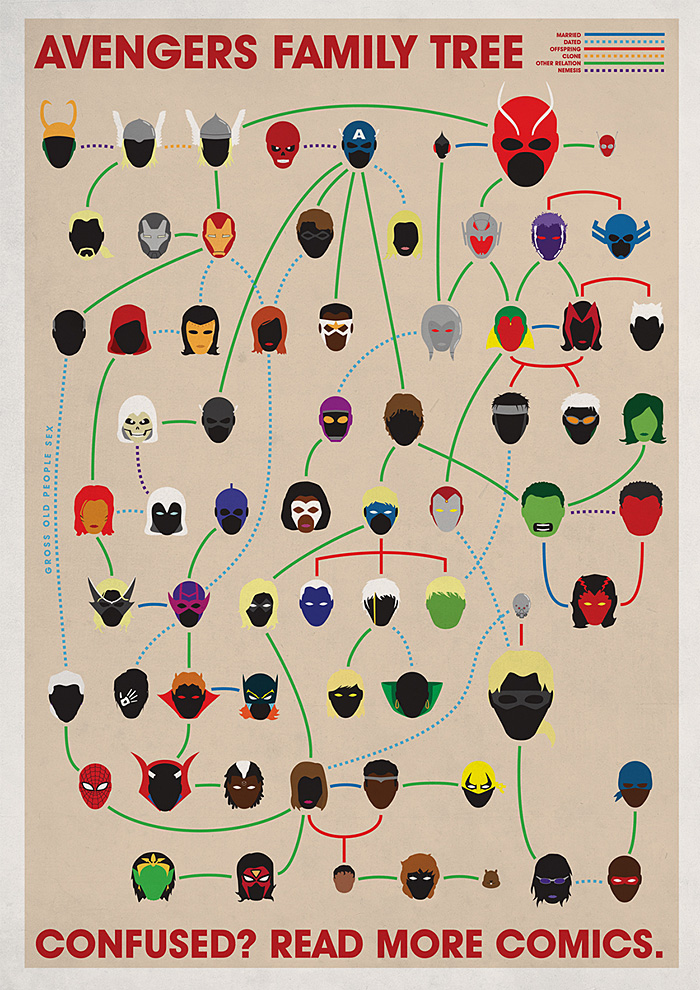













































/powershade-solar-powered-beach-16592.jpg)
/cyclists-turn-signal-gloves-16588.jpg)


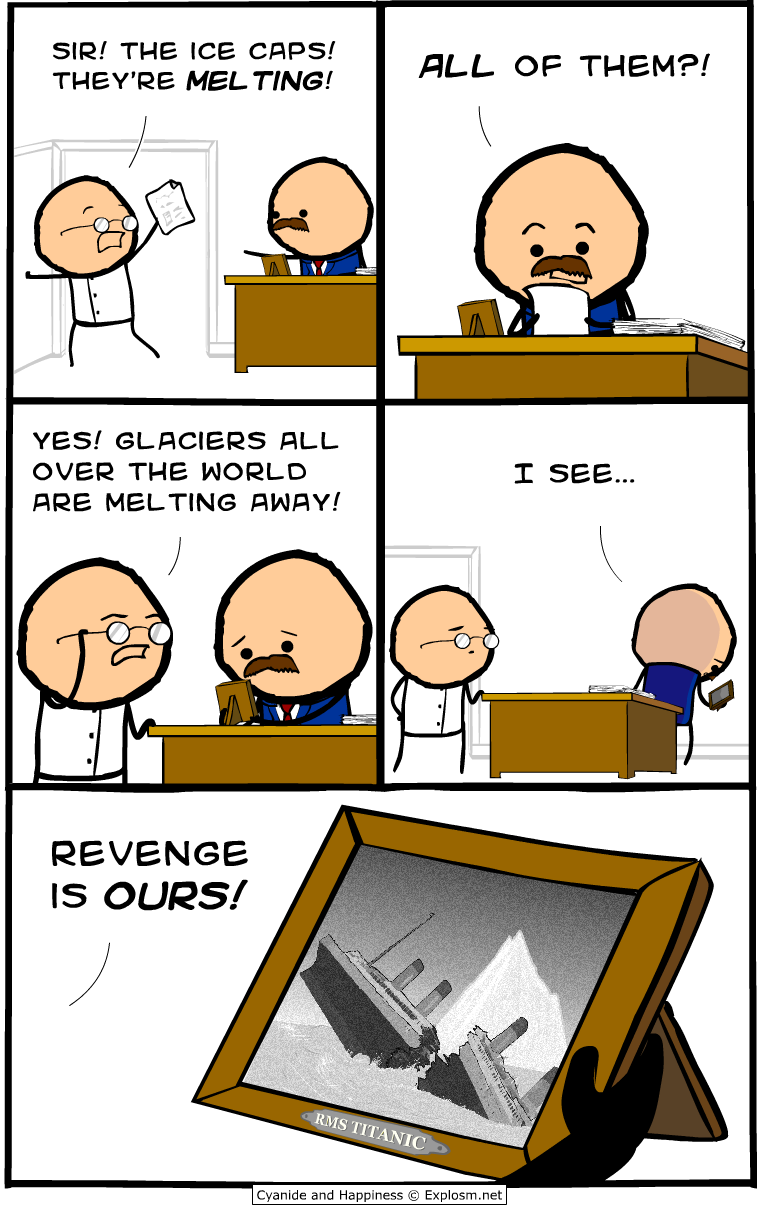

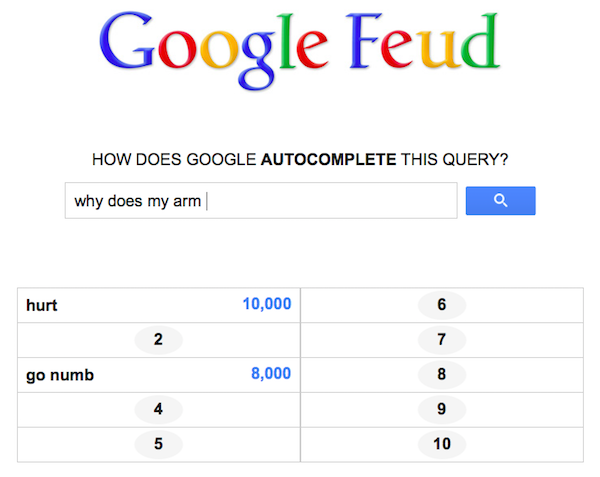
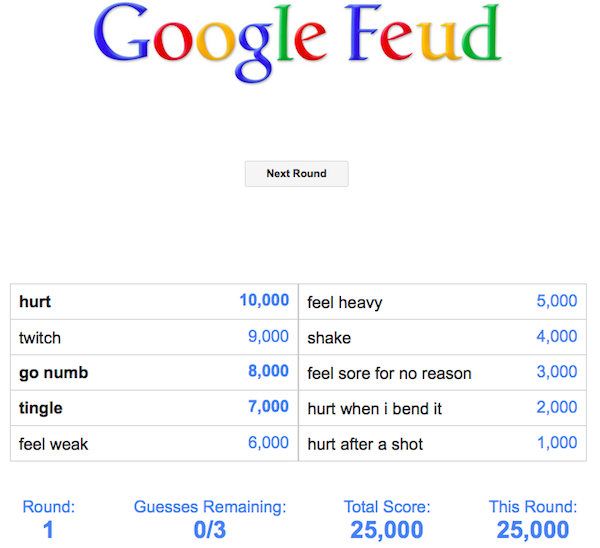

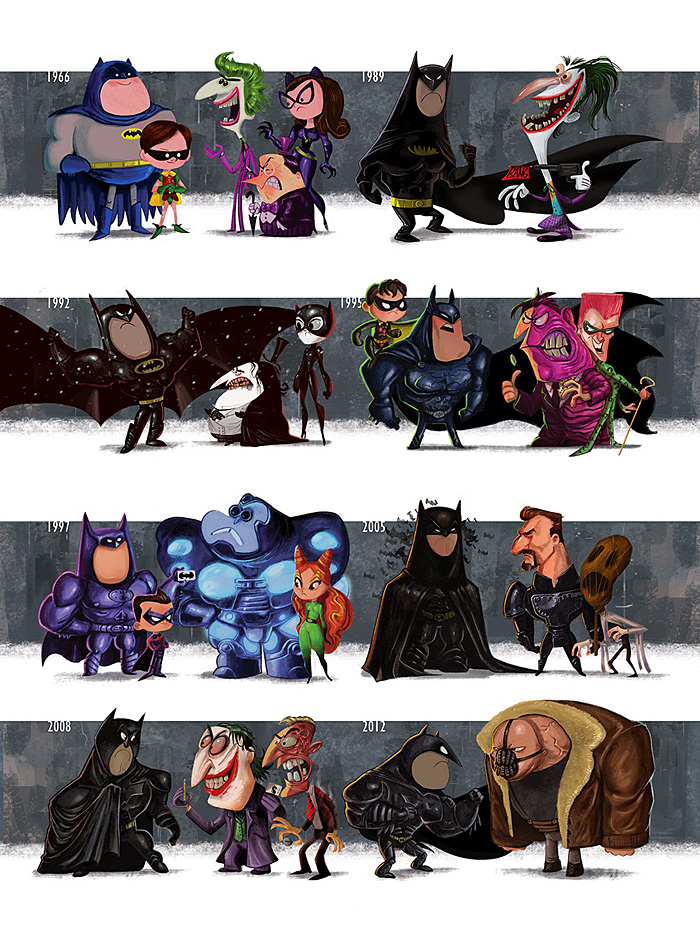


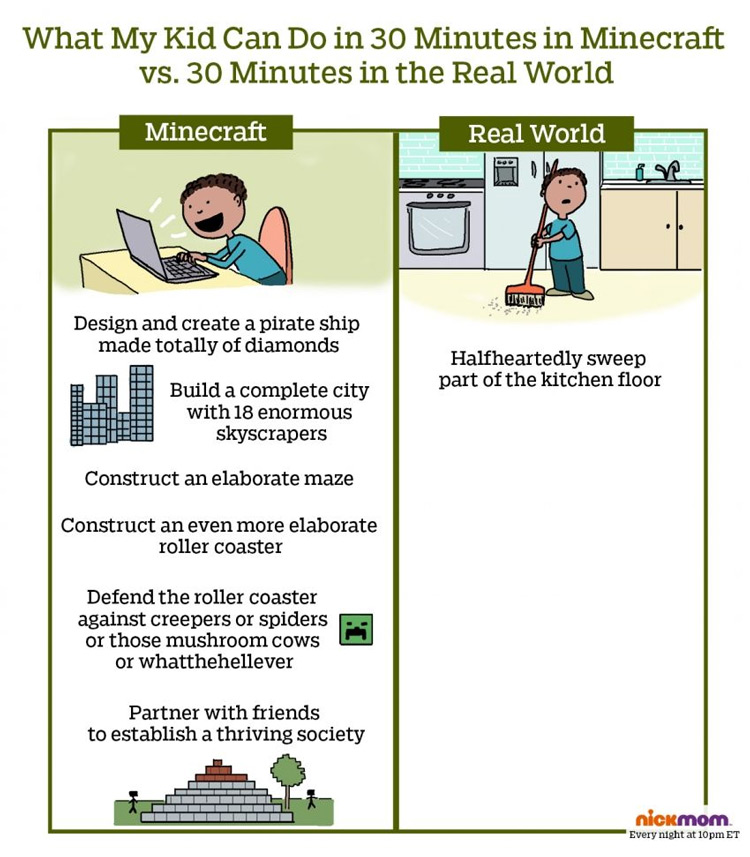 Two quick things about this comic. One, as a parent I find it extremely accurate. Two, as a gamer I never honestly thought I would ever share anything from
Two quick things about this comic. One, as a parent I find it extremely accurate. Two, as a gamer I never honestly thought I would ever share anything from  I know a lot of geeky parents like this. It's almost as if they have to have children who are geeky like them or they won't know how to relate. Here's what I say, just share the stuff that you like with your kids and if they like it too, great, and if they don't, well that's fine too. Because you will still love them no matter what.
I know a lot of geeky parents like this. It's almost as if they have to have children who are geeky like them or they won't know how to relate. Here's what I say, just share the stuff that you like with your kids and if they like it too, great, and if they don't, well that's fine too. Because you will still love them no matter what.